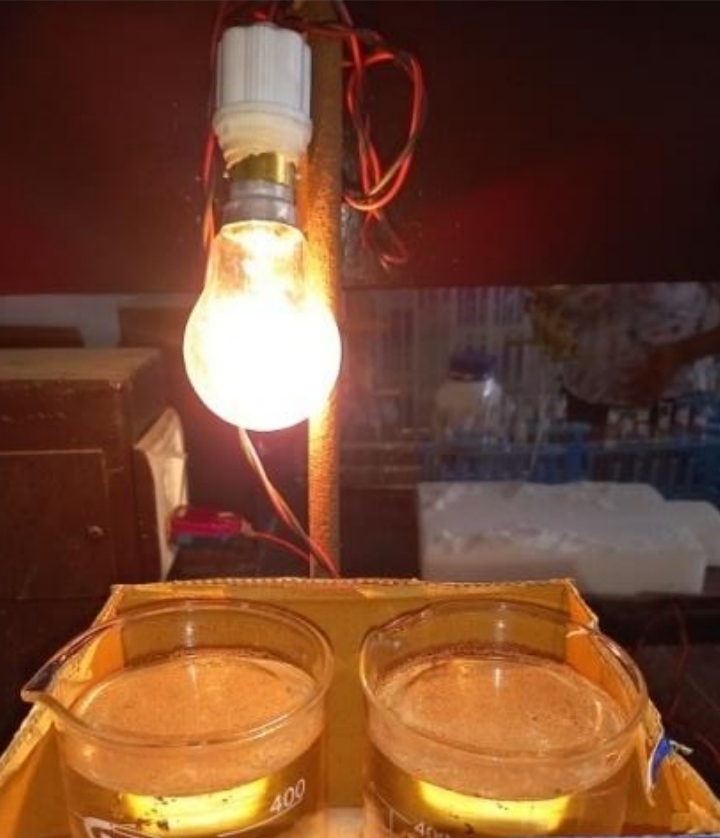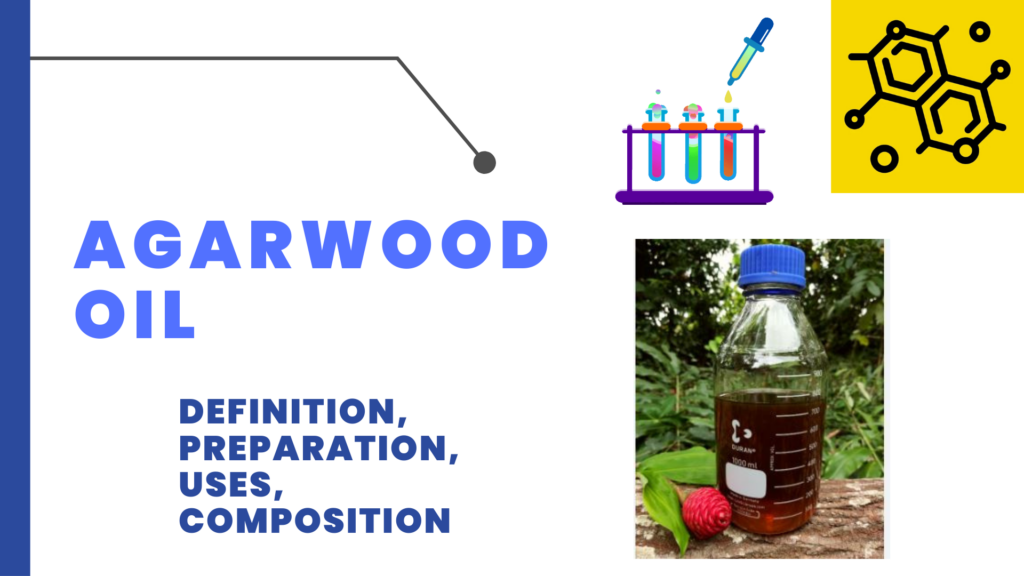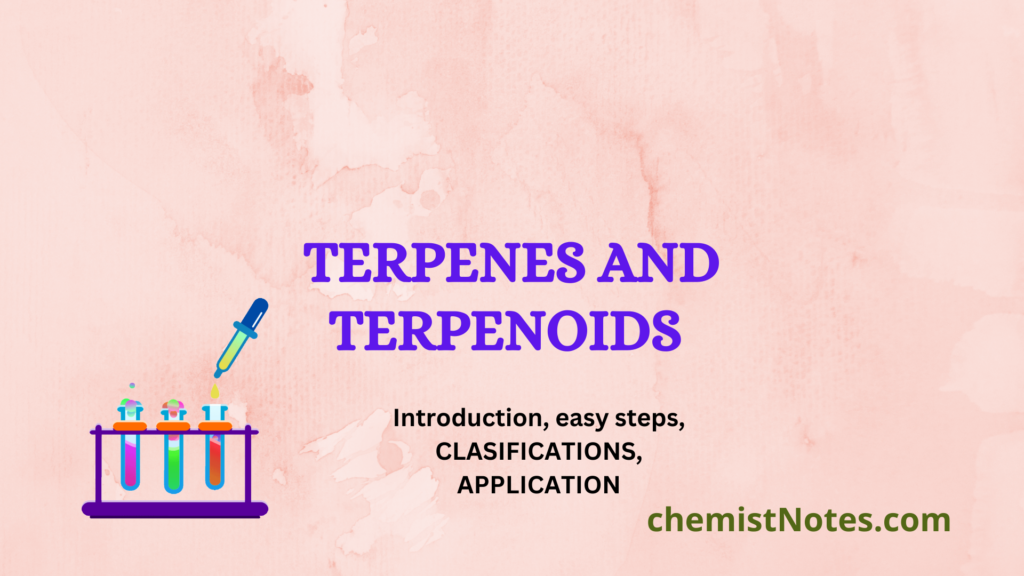Table of Contents
ToggleBrine shrimp bioassay is a method of biological screening in which newly hatched brine shrimp nauplii (eggs of Artimia salina) are explored into classified solutions of different extracts. This method is a rapid, easy, cheap, and simple technique to evaluate the toxicity of extracts of plants. Cytotoxicity is evaluated in terms of LC50 lethality concentration.
Definition of Brine Shrimp Bioassay
Brine shrimp bioassay is a quick and easy way to determine the cytotoxicity of bioactive substances. The brine shrimp, an easy zoological organism, is used as the basis for testing the effectiveness of test chemicals. (Artemia salina). Cytotoxicity tests measure the capacity of cytotoxic substances to cause cell death or damage. Cytotoxicity assays are frequently used to screen libraries for harmful chemicals in basic science and drug discovery.

Principle of brine shrimp bioassay
A quick and efficient method for determining the cytotoxicity of bioactive compounds is the brine shrimp lethality bioassay. Its effectiveness is determined by testing chemicals on brine shrimp, a straightforward zoological organism. (Artemia salina). Michael et al. made the first proposal for this assay, which numerous other groups later improved.
Required chemicals
The chemicals required for the brine shrimp bioassay are:
- Eggs of brine shrimp
- Beakers for hatching
- test tubes
- artificial seawater
- disposable pipette
- micropipettes
- magnifying glass
Preparation of artificial seawater
Below chemicals required for the preparation of artificial seawater:
| S.N | Composition | Amount(gm/L) |
| 1. | NaCl | 23.50 |
| 2. | Na2SO4 | 4.00 |
| 3. | KCl | 0.68 |
| 4. | H3BO3 | 0.027 |
| 5. | MgCl2.2H2O | 10.68 |
| 6. | CaCl2.2H2O | 1.48 |
| 7. | NaHCO3 | 0.197 |
| 8. | Na2EDTA | 0.0003 |
| 9. | DMSO(sample solvent) | 2mL |
| 10. | each sample | 20mg |
Hatching of shrimps
A table lamp of 100 watts was used to illuminate a beaker of artificial seawater for 48 hours while maintaining a temperature of 30 degrees Celsius in order to hatch the brine shrimps.
Protocol of brine shrimp bioassay
In order to prepare the stock solution, 20 mg of each sample to be examined is dissolved in 2 mL of DMSO. The experiment is carried out in triplicate and dilution for various concentrations is performed from each stock solution. Utilizing the same solvent that was used to dissolve the extracts for the test, the control is carried out.
And After overnight evaporation, ten mature shrimp in 5 mL artificial seawater are transferred to all test tubes containing samples. Controlled vials are also taken, and 10 mature nauplii are then introduced into each vial. Each test tube had previously contained 200 microliters of solution at various dose levels. The number of survivors is counted after 24 hours.
Formula to calculate LC50
LC50 value is required to kill 50% of the shrimps. It can be determined as follows.
percentage mortality(%M)= Number of dead nauplii/total number of nauplii x 100
Calculation
The mortality endpoint of this bioassay is defined as the absence of controlled forward motion during 30
sec of observation. The percent of the lethality of the nauplii for each concentration and control was
calculated.
For each tube, count the number of dead and number of live nauplii, and determine the % of death which is explained above.
Advantages of brine shrimp assay
The brine shrimp assay provides a number of benefits, including low prices, ease of handling, sensitivity, repeatability, and lack of ongoing culturing. The key drawback is that it is unable to extend the findings to mammalian toxicity (McGaw and Eloff, 2005). This is a quick and thorough test for the bioactive element, whether it is natural or synthesized. Since no aseptic methods are necessary, the test is also affordable and straightforward. It is simple to use a large number of organisms for statistical validation, requires no specialized equipment, and only needs a small sample size (2–20 mg).
Meaning of LC50 value
The amount of a drug needed to kill 50% of test animals during a specific observation period is known as the lethal concentration 50 (LC50).
Commonly used as a broad indicator of a substance’s acute toxicity are LC50 readings.






